-
Posts
19,781 -
Joined
Content Type
Forums
Detector Prospector Home
Detector Database
Downloads
Posts posted by Steve Herschbach
-
-
OK, final pieces are falling onto place. I did not want to drill any more holes in the case to mount circuit board and needed to space it above installed control panel. Wandered Home Depot for some time and inspiration hit. I got little plastic pads designed to be stuck in the bottom of chair legs. Two stacked got me the proper distance. And velco stickies to made the board removeable! We sure have cool stuff these days to do almost anything.
This is nice as I wanted to get board located to make final decisions on where to put controls and speaker. I can do that then pull board back out to drill final holes, etc. then put it back in. Gives me a bit of wiggle for spacing also and a shock mount effect. I like it!
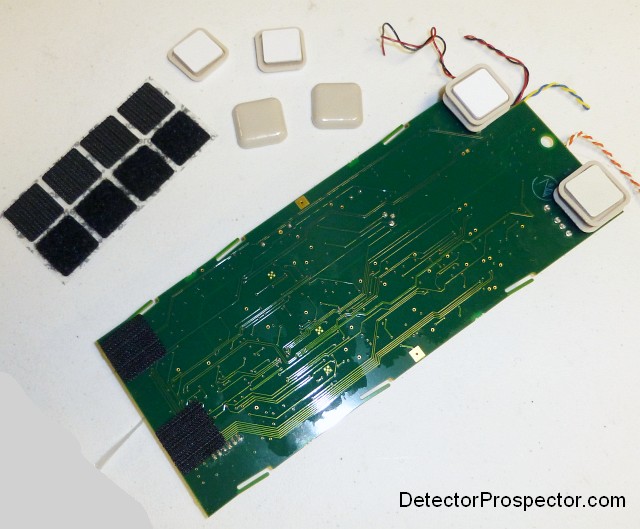
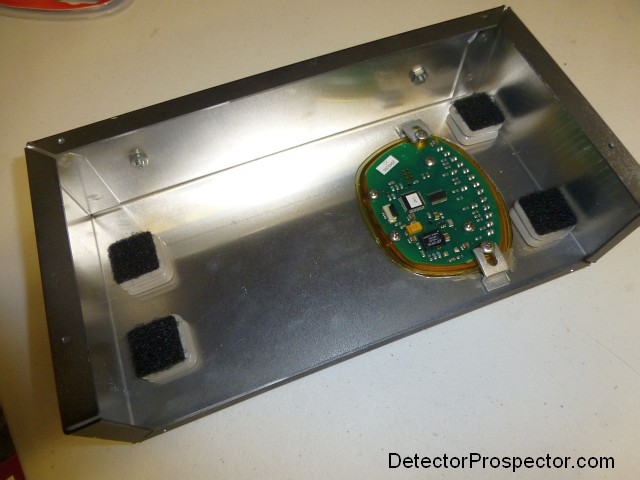
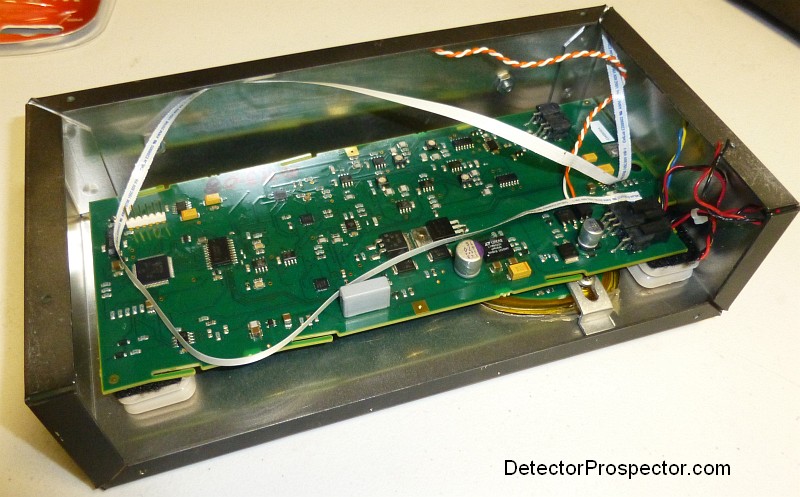
-
It is really all about the latency issue. There are low latency Bluetooth options available these days. For people like me that need to study up on it, here is a good reference http://theheadphonelist.com/wireless-fidelity-making-sense-bluetooth-headphone-technology/ From that link:
"Lag/latency – Because of the encoding-decoding steps done by Bluetooth audio devices, there can be some latency between source and headset, ranging from imperceptible to quite bothersome. It’s not a big deal for music, but causes lip-synching issues with video and oftentimes makes Bluetooth headsets unusable for gaming. As with all things Bluetooth, the severity of lag varies widely depending on hardware and software. In my experience it also seems to vary with distance, with video and audio going out of sync as the headset is moved away from the audio source. One of the versions of the aptX codec mentioned previously is designed to reduce Bluetooth latency and should be suited best for use with a TV."If you are watching TV you want the headphone to sync with movement on screen. I would think any Bluetooth headphones good enough for watching TV would do the trick. No problem at all just detecting. You may have to slow down the pinpointing a bit is all.
-
Here is the velcro mounted hook that comes with the Minelab Pro-Swing 45 harness. Best thing I have seen yet, holds bungee end securely yet very easy to slip bungee off detector when you need to. I would like to get more so will be checking with Minelab. I want to leave on various detectors instead of switching it around all the time. One less thing to forget that way. The alternative is make something like it. The strap is 8" x 2" but the key would be making the buckle/hook. It looks like a custom Minelab part, part number 8004-0017.
-
OK, finally got that photo! Here is my beach scoop collection:
The yellow one I have had the longest. It is a steel model that in theory can be a hand scoop, short handled scoop, and long handled scoop. This one after a trip to Hawaii I did not break fully down, and the short handle is now permanently rusted to the scoop, so it is a short handle or long handle. Good scoop but a bit heavy as handles are stout steel pipe.
The yellow scoop is more a "pull it to you" style I find more suited for use up on the beach and I needed a digging shovel type for wading and digging in hard bottoms. The long handle unit on left is stainless steel. The pointed top as has been noted before likes to rock around but it is also good for wiggling into hard rocky bottoms. This is the one I have used most wading. The only issue is it is screened for coins and rings, and sometimes small stuff falls through. When chasing smaller stuff I duct tape up the bottom so it is more like a shovel. I have an inner tube with a Keene 12 mesh sieve mounted in the middle that I tie off to my waders and scoop and dump onto it for small jewelry. Will dig it out and post a picture also.
The big scoop with two piece handle I bought for my last trip to Hawaii because I wanted the extra long handle in a break down design. It actually is way bigger than I thought it would be when I ordered it online but it is aluminum so not any heavier than the stainless one. Have not actually used it yet.
Finally, the yellow one is too heavy and the others too big, so I just got the little one on right for working dry beach sand. Like detectors, I have more scoops than I really need. When I do the mask and snorkel thing I find my hands are full enough so I forgo a scoop and just aggressively fan with my hand which does the trick just fine. Scoops I only use on the dry beach or when wading.
Here I am in 2003 on a beach in Hawaii with the yellow scoop. That is the Garrett Infinium hip mounted. I was experimenting with the 10" x 5" DD coil. Note the homemade headphone adapter for my Gray Ghosts. This was before Garrett made one so I made my own. Too much shrink tubing involved but it worked.
-
For a long time the standard in VLF detectors was 12V operation. Eight AA cells, perhaps still the best example being White's Electronics and their AA battery pack.
There are a few detectors running a single 9V battery, like the Gold Bug Pro, but they are pretty rare. Tesoro is the main proponent on a few models. The new standard is 6V or four AA cells. Many examples there like the X-Terra 705, AT Gold, or FORS Gold.
Now we have the new Fisher F11, F22, and F44 running off two AA batteries. 3V operation.
There is no direct connection to battery voltage and depth in modern VLF detectors. In general I have always looked at more battery mass as simply meaning longer battery life. But even that appears to no longer be true. New low current designs are getting good running times out of fewer batteries.
Nothing earth shattering here, just a general observation. The main thing we are seeing is the overall reduction in weight possible by using fewer batteries.
Just a FYI. The main drain on batteries is the detector speaker system. Number one way to boost running time? Use headphones.
-
Had a can of black paint sitting around, did not prep surface well, will probably regret it. Luckily it does not have to be pretty, it just has to work.
Got the control panel mounted, figuring out how to mount circuit board now.
-
The GPX 5000 is great at handling EMI. It is not great at eliminating it. There is a difference.
Detectors employ a receiver circuit to discern incredibly weak electromagnetic signals. It is difficult to have a machine that is extremely sensitive and at the same time not pick up interference. It goes with the territory when owning very powerful metal detectors.
The handling part is good. Just push that button and wait a minute while the GPX studies the situation and finds the best setting to run as quiet as possible. In the field that usually is all there is to it.
But if you are in an area with heavy EMI (Electro Magnetic Interference) you may have no settings that are quiet. You can try tweaking the setting manually; that may help a bit. Lower your gain. high gain invites more EMI. Smaller coils almost always have less issues than large coils. Try a smaller coil. DD coils are generally better than mono coils. Try a smaller DD coil. There also is a special anti-interference coil you can buy which is almost guaranteed to solve the problem.
Last resort is use a DD coil and cancel mode. It also will solve the problem but really knocks the sensitivity back. Or break out the VLF.
-
I have one also. It is nearly 100% accurate at discriminating metal from rocks.
-
Yeah, I have heard the same thing. It would not surprise me if there was a lag but we will see. It might create a lag on target reaction which would bug people like me that never use the pinpoint trigger. It would not effect a non-motion pinpoint mode though so worst case I would have to use the darn trigger.Just wondering if there is any delay in using the Bluetooth headphones?
I've heard other detectors had some issues in using wireless headphones. The delay causing to not properly pinpoint the target.
There are low latency Bluetooth options available these days. For people like me that need to study up on it, here is a good reference http://theheadphonelist.com/wireless-fidelity-making-sense-bluetooth-headphone-technology/
-
Thanks Ronnie, my pleasure.
All metal is the only way to go. Unless you just have to crank in a little disc. I always say dig everything em I wander into the middle of a trash dump and somehow it does not seem like a good idea any more! But very, very powerful all metal mode on T2, no doubt about it.
I love the feel of the machine. Great balance. Now go find one of the huge Aussie nuggets we all dream about!
-
-
This is starting to look a lot like a FORS Gold. I fashioned a rail mount on top of my control box that can work with a Minelab clamp on arm cuff. That way I can use whatever rod I want and mount wherever I want. In order to allow for hip or chest mount it all needs to be in one box, so side flush mount controls was the expedient way to go.
Waiting for paint to dry.
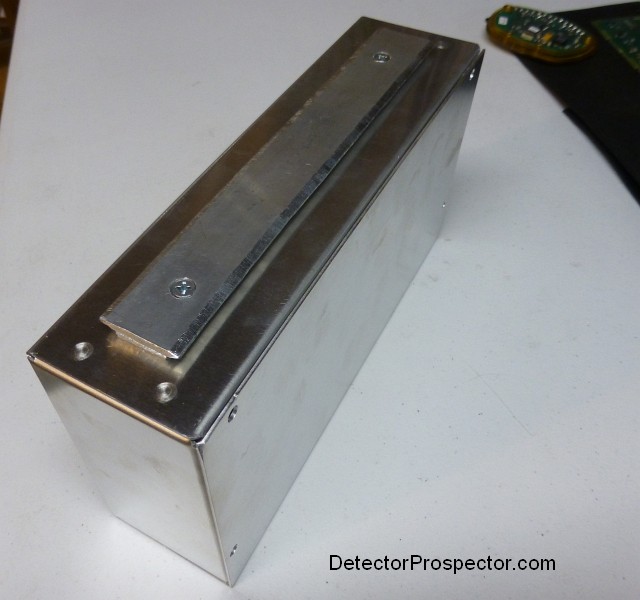
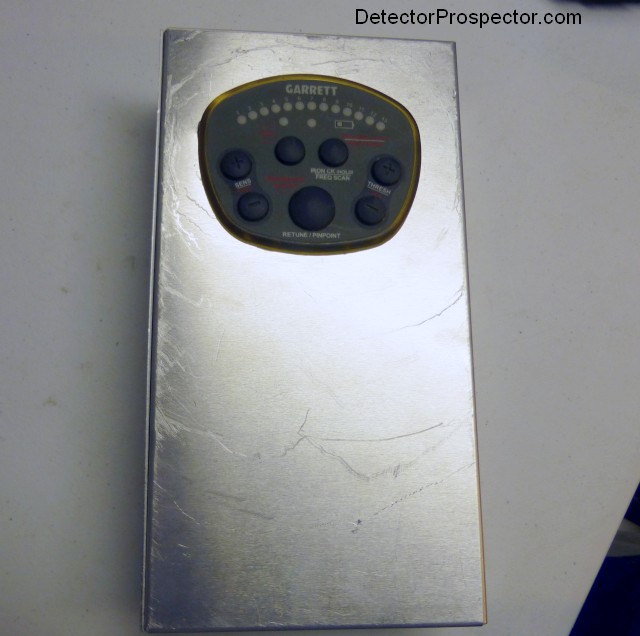
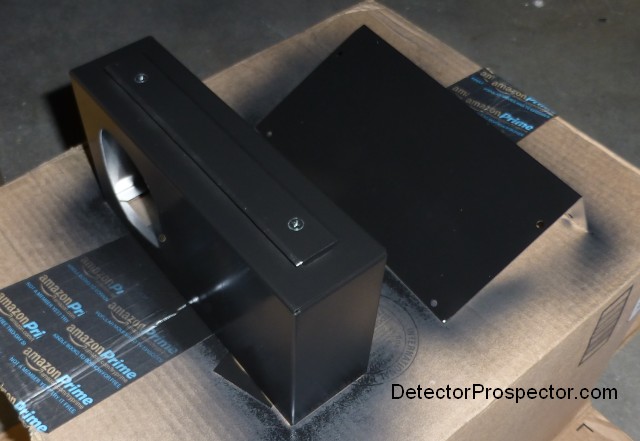
-
Hi Ronnie,
As I note above, the F75 and T2 are nearly the same detector. The T2 is designed specifically to use DD coils and has an expanded ground/ferrous range, which if anything means it is probably the better prospecting machine between the two. Huge numbers of T2 detectors were sold in Africa and found a ton of gold there. That may not be too much of an exaggeration!
Still, the T2 and F75 are very similar. I got the F75 mainly to have extra features it offers that frankly do not make it any better at gold. That said, I did very well with mine, as can be seen at http://www.fisherlab.com/hobby/finds-Steve-Herschbach.htm and http://www.detectorprospector.com/forum/topic/357-fisher-f75-strikes-gold-twice-in-a-row/
As far as videos go I have to admit I never watch them. Too easy to manipulate. Fisher quality control is not the best so there are weak units and hot units so that factors in also. All I can tell you is you have a great detector. It can find gold if you put it over it.
-
Hi Scott,
Thanks for posting this. I meant to do so and got sidetracked. Looking forward to it!
-
I added the accessory price list to the first post at the top of the page. Very affordable, I hate getting ripped off for accessory coils. You look at what Makro can sell coils for, and they are really great coils by the way, and you have to ask why the other guys are charging what they are. It is just wire in plastic.
Notice the Bluetooth headphones? Philips SHB7000 Bluetooth Headphones. These are standard Bluetooth 3.0 headphones and so any 3.0 compatible phones should work. You can buy just the Bluetooth module for $99 and use whatever headphones you want. Just keeps looking better all the time. The Phillips phones are also wired via an accessory cord so if the battery goes dead you can just plug them in. Here is the Owners Manual for the headphones http://download.p4c.philips.com/files/s/shb7000wt_28/shb7000wt_28_dfu_aen.pdf They are shown as discontinued by manufacturer at Amazon, but they get good reviews there Amazon SHB7000 page
Racer Metal Detector Accessories Manufacturer’s Suggested Resale Price
- RC13 - DD Search Coil - (13cmx12cm - 5''X4.5'') $109.00
- RC26 - DD Search Coil - (26cmx14cm - 10''x5.5'') $139.00
- RC29 - DD Search Coil - (29cmx18.5cm - 11''x7'') $159.00
- RC40 - DD Search Coil - (40cmx33.5cm - 15.5''X13'') $249.00
- RC13 - Search Coil Cover $9.00
- RC26 - Search Coil Cover $15.00
- RC29 - Search Coil Cover $19.00
- RC40 - Search Coil Cover $29.00
- Carrying Bag $49.00
- Rain Covers (Set of 2) $29.00
- Treasure Pouch $9.00
- Charging Kit (AC & Car Charger 4 x AA Rechargeable Batteries) $49.00
- Cap with Official Makro Logo $15.00
- T-Shirt with Official Makro Logo $15.00
- Koss Headphone - KPH7 $20.00
- Philips SHB7000 Bluetooth Headphones and Dongle $179.00
- Bluetooth Dongle Only (BT module) $99.00
- Middle Rod $32.00
- Lower Rod $16.00
- Armrest $28.00
-
Hi Rick,
Well, I was a dealer for 35 years. I figured out early on that a good way to promote myself and my business was to be active on the internet. But how to to that and not irritate people? Very simple, actually. I live my life by simple rules. Number one of course is to try to treat people the way I would want to be treated. Another is that if you give, you will receive. My solution was to just be as helpful as I could be answering questions wherever I could find them. No spin, no agenda, just help people. It is funny but if as a dealer you forget about trying to make money and just focus on helping people - the money just takes care of itself.
I am no longer a dealer but I long since found I just enjoy helping out if I can. I have a passion for metal detecting and that extends into wanting to share that passion with others.
I therefore encourage anyone that shares the passion to do the same. The fact is being a dealer can be a sweet gig because it keeps you immersed in something you enjoy on a daily basis. Dealers also tend to learn a lot and have a lot of facts available about products and pricing. So yes, I do indeed welcome any and all dealers to participate on the forum, as long as they are here first and foremost to share and be helpful. That does not mean never mentioning sales. If a dealer has a killer deal on a used detector, please tell us. Metal detector at half price? I would want to know. If the product or the price rises well above the level of what anyone would normally see, the true smoking deal, let us know. The Classifieds are open for dealer use.
That said, welcome to the forum Jeffery! Thanks for sharing your story and hope we can get details in the future. I am sure some gold photos (12 ounce!!) would go over well. Hope you are able to get out and chase gold again this year. You headed back to Alaska?
Oh yeah, and smart move picking up Makro! -
They are not hard to use but harder to master. I wish Minelab would update and miniaturize the machine because there is a market for a nugget detector that can go from 20 kHz to 60 kHz at the flip of a switch. Just not 5.3 lbs worth. At 3.3 lbs though, sign me up.
Here is a blast from the past. Before the Eureka Gold there was the XT18000, and before that, the XT17000, which ran at 32 kHz. I found some nice gold with mine. Here I am with it back in 1995 - twenty years ago now!
-
I have not had any issues with ground balance per se with the FORS Gold. The one spot where hot rocks were bothering me I just put it in tracking and they magically went away.
However - I still consider myself a newbie on the machine with experience at a limited number of locations. I use a PI most of the time. The FORS or Racer are still VLF detectors and they have not cracked some secret code. My expectation is they well do about as well as can be expected of a VLF but that is it. Some places they will just be no good.
I am happy to report a reliable gent in Australia is giving the FORS a go in really bad ground, and while it is not acting like a PI, neither is it failing. Be a good guy to watch for some solid reporting. Narrawa at http://australiangoldfields.freeforums.org/nokta-makro-fors-gold-t3468.html
-
From the Prescott Daily Courier http://www.prescottaz.com/m/Articles.aspx?ArticleID=140625
Jack Delano Gifford, 75, passed away Jan. 3, 2015. He was born in Miami, Arizona, the son of Norval and Mayme Gifford. When Jack was about 6 years old, he and his family moved to the Phoenix area, and he lived there until he moved to Prescott, Arizona.
After high school, Jack served his country in the National Guard for six years. During that time, he also earned a technical degree in electronics and started a family. In his early electronics career, he worked in the aerospace industry. During a slowdown in the '70s, he was recruited by a metal detector company and worked in that industry until his retirement. Jack was an entrepreneur and an electronics design engineer, and founded three companies. The last one, Tesoro Electronics, brought him many friends and national and international acclaim for his designs and his support of the industry. He started that company in Glendale, Arizona, in 1980 and when he moved it to Prescott in 1991, it provided new technical jobs and industry for this area.
Jack started visiting Prescott when he was in high school and, during his careers, he and Myrna would visit the area for some much needed R & R. Eventually he realized he could move the company to Prescott so they could enjoy the Prescott lifestyle full-time.
Jack loved his family, motorcycles, metal-detecting and working on vintage stereo equipment. He also built the speakers to complete the systems, many of which he gave to family and friends. After retirement, he became a PADI-certified scuba-diver. Jack joined American Lutheran Church and served on their board. He was part of the Tuesday night men's Bible study and worked in ALC's outreach programs such as The Rock and Teen Closet. He also worked at the Prescott Community Cupboard Food Bank and served on their board.
Jack is survived by his wife of 54 years, Myrna; sons James and Vince (Katy); three amazing granddaughters, Isabella, Lily and Charlotte; sister Gloria Gray; and many nephews and nieces. He was predeceased by his parents, infant daughter Kelly Jeanine, and sister Glenna.
-
Well, if it is in like new condition I would be very tempted myself at $500.
The Eureka is a good detector with a great lineage. It is just that 5.3 pounds and $1049 is more what we expect from a PI for weight and price. That in a nutshell is why very few of them are seen in use in the US. They are better suited for the intense mineralization found in Australia but in our milder ground much lighter less expensive machines fare as well or better.
Perhaps the best thread of all time on the Eureka Gold can be found at https://www.prospectingaustralia.com.au/forum/viewtopic.php?id=1053
One of the main posters on that thread, argyle, does a fantastic history and review of the Eureka Gold and its predecessors at Link deleted since Findmall Forum update broke all old links
Here is a sad little story. Coiltek came out with a 6" coil to work with the Eureka at the 60 khz frequency. The machine had always lacked a small high frequency coil which held it back from ever getting mentioned in the same breath as the Gold Bug 2 or GMT. I made noise about the need for one for years.
Last year when Coiltek came out with the coil they offered to send me one free to try out. I had to inform them that neither I nor anybody that I know had a Eureka to try it on! To this day I am curious how the Eureka with that coil stands up next to the Bug or GMT.
-
Tracking is off by default. You normally just ground grab and go. Or maybe ground grab, then tweak setting manually up or down. Finally, you can just go to full tracking. At MSRP $649 I do not know of any machine that gives you that many ground balance options. White's GMT at MSRP $799 is closest I can think of offhand.
-
The ground balance is the same as that on the FORS CoRe. Seems simple in practice. All they are saying is the ground balance covers a 500 point range so it is capable of fine tuning. Since ground varies however perfect ground balance can never be achieved so no point in getting too caught up in it. I have to admit these days I usually just do the ground grab thing and go detecting.
-
Frustration for sure. It is all just musical chairs. Label Bounty Hunter as Fisher. Label Fisher as Teknetics. Label Bounty Hunter as Teknetics. I wonder how many detectors First Texas has now in total under $500 between all three brands?
-
I used digital powder scales for inexpensive accuracy, good to 1/10th grain (1/4800th oz) and just convert for home use or buying and selling. I have an older version of these RCBS powder scales, AC or battery operated with calibrations weights, will weigh up to 750 grains (1.5625 Troy Ounces). You can get them for $120 bucks at Sportsman's Warehouse.
For general field use and anything but buying and selling I have been very happy with the US Magnum 500, will weigh up to 500 grams (16 Troy Ounces) and is accurate to 0.1 gram. It can weigh in Troy ounces, pennyweights, regular ounces, grams, grains, and carats. Compact with lid that doubles as weighing tray, comes with calibration weight, battery operated - and available at many places online like Amazon for less than $20.00
I have an older version with buttons in a square pattern, there are versions with buttons are in a round pattern as below.


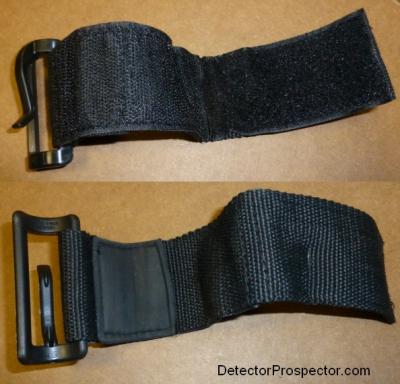
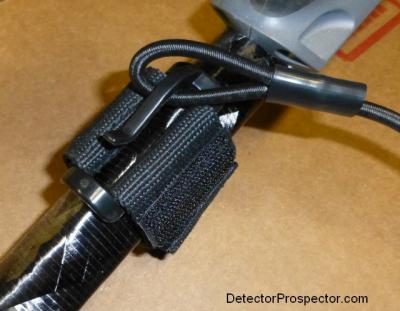
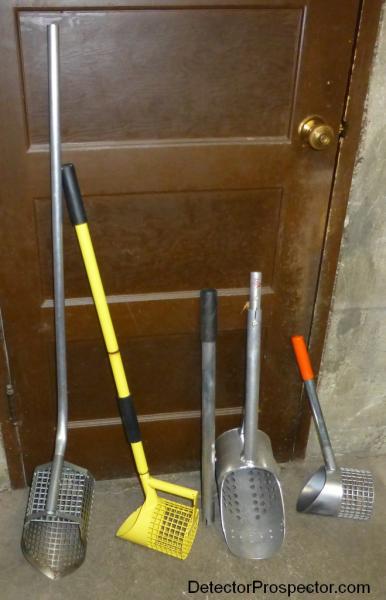
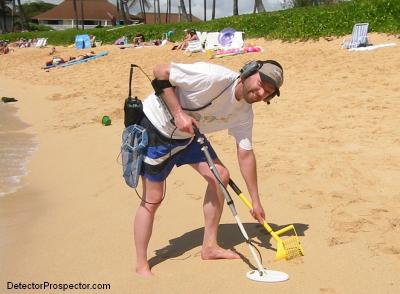
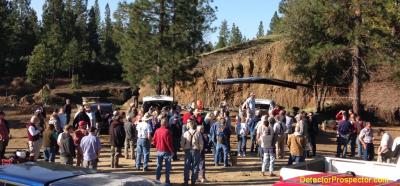
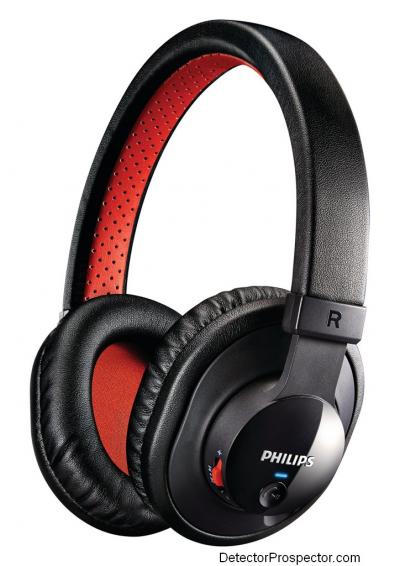
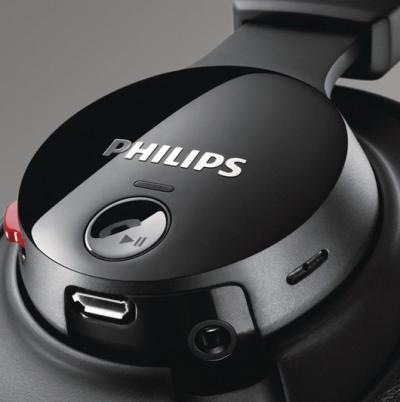
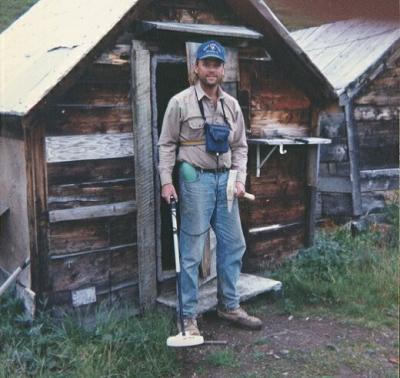
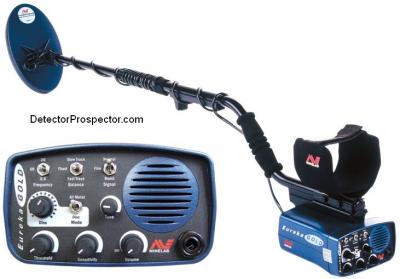
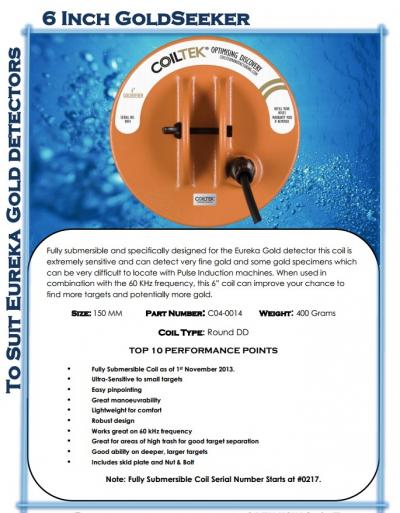
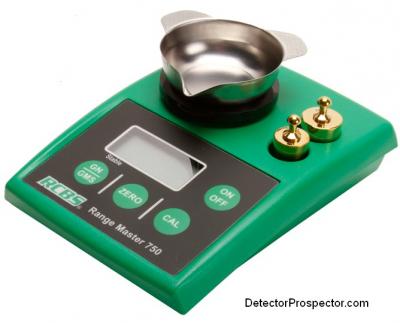
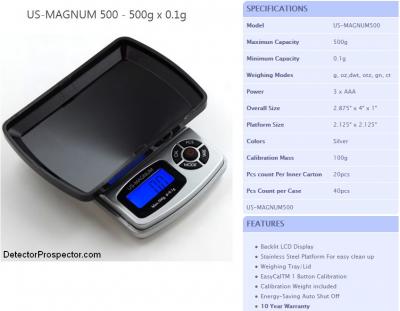
Hard Carrying Cases
in Metal Detector Advice & Comparisons
Posted
I use a good old fashioned beat up Samsonite suitcase, the kind the gorillas tossed around in the ads. It is very boring looking and nobody would guess there is a few thousand bucks worth of electronics inside. I like it that way. Custom cases attract attention.